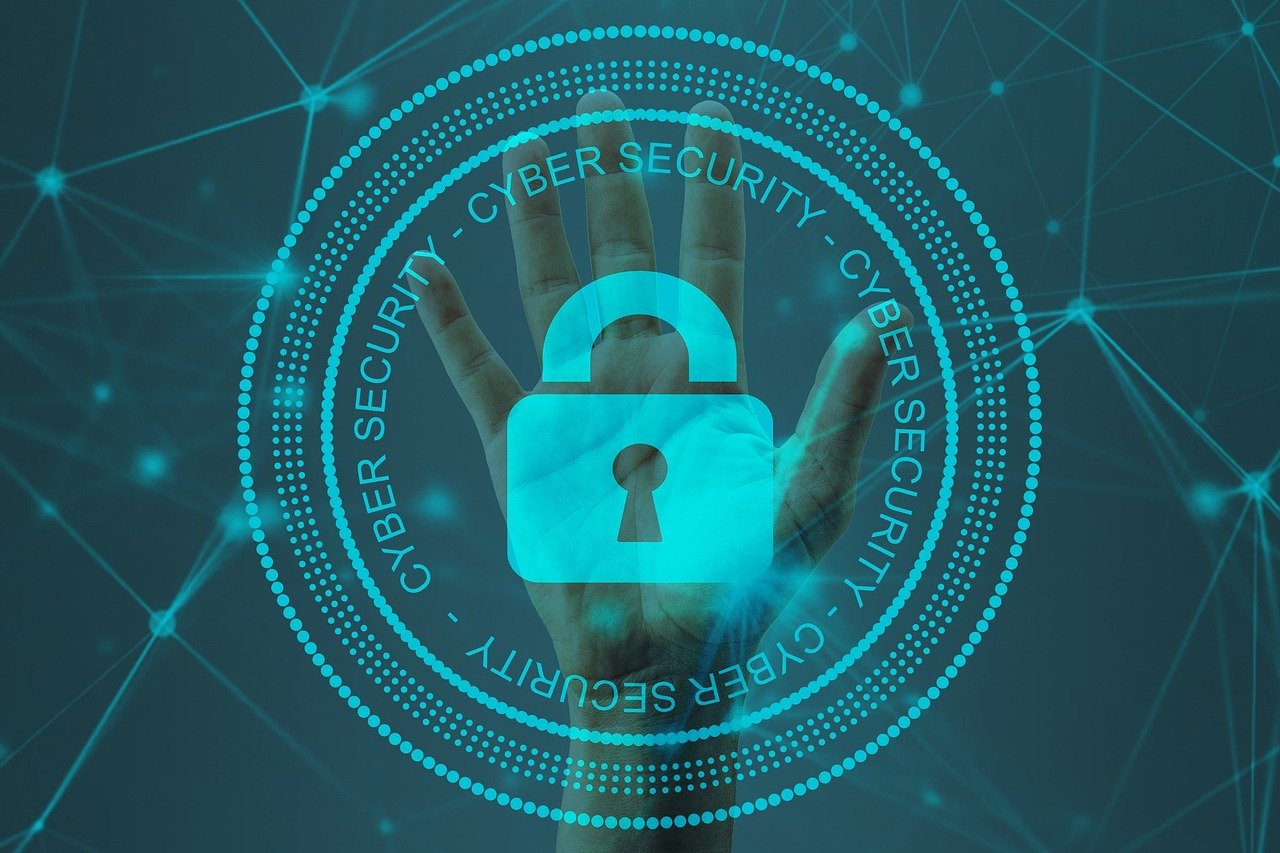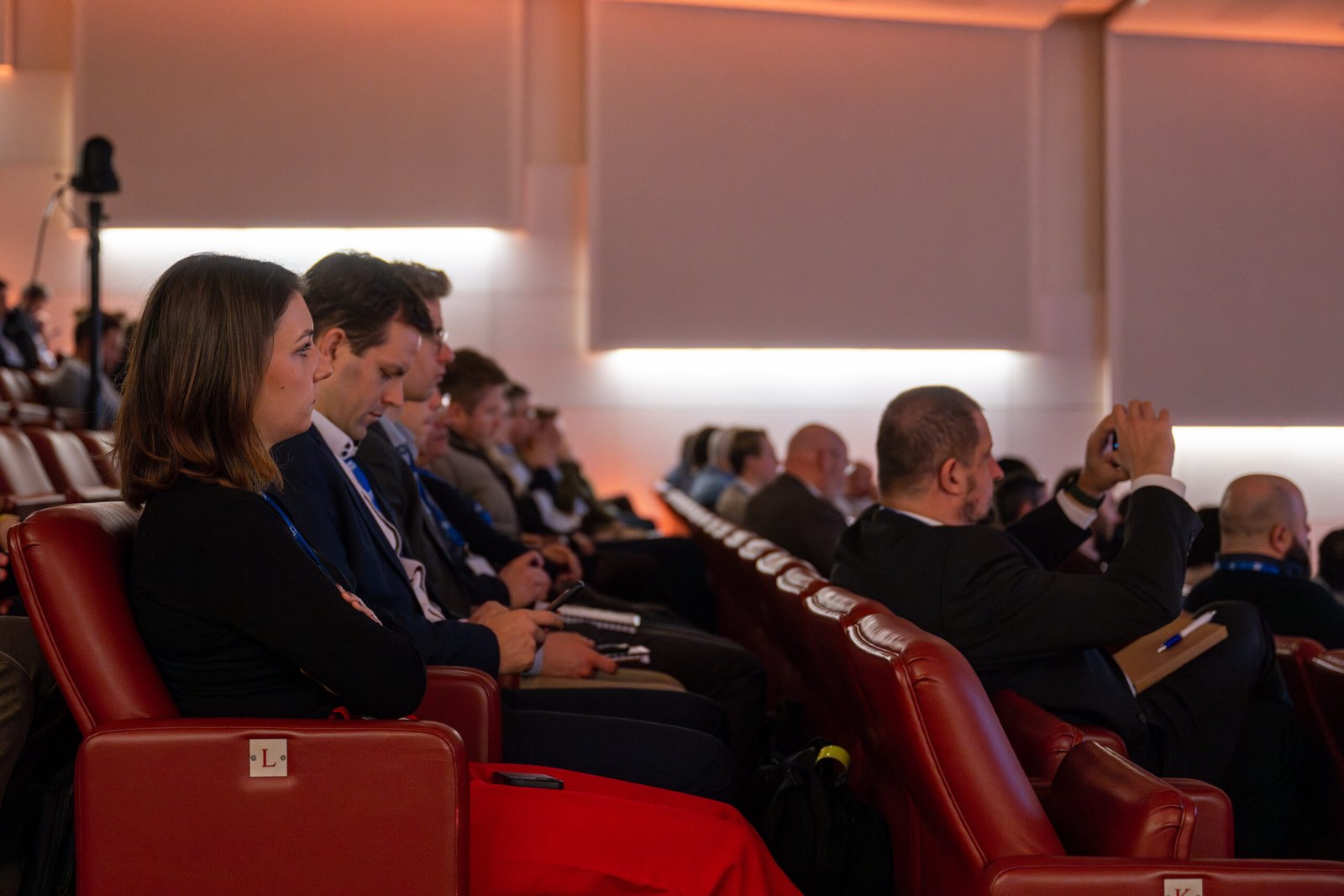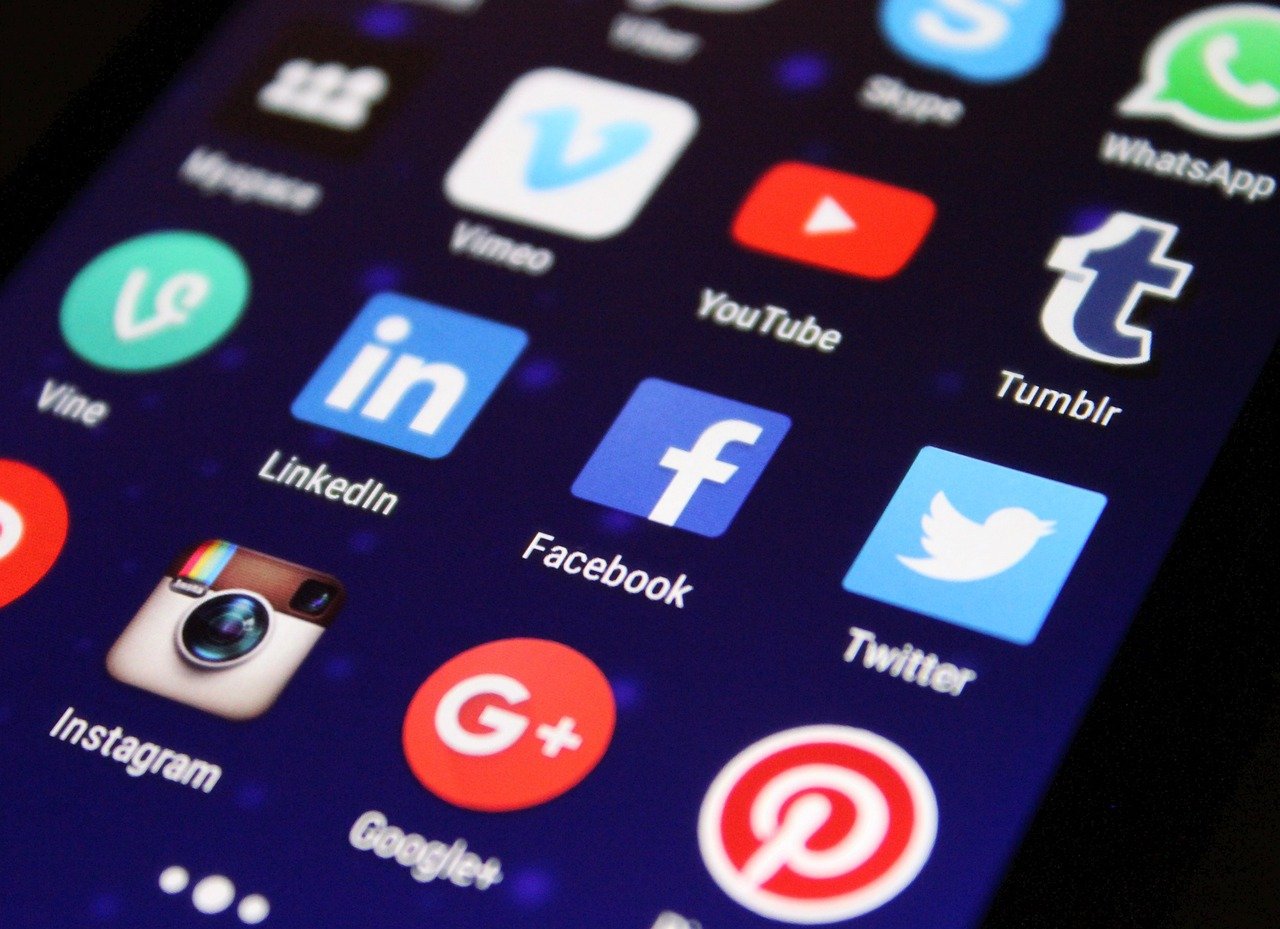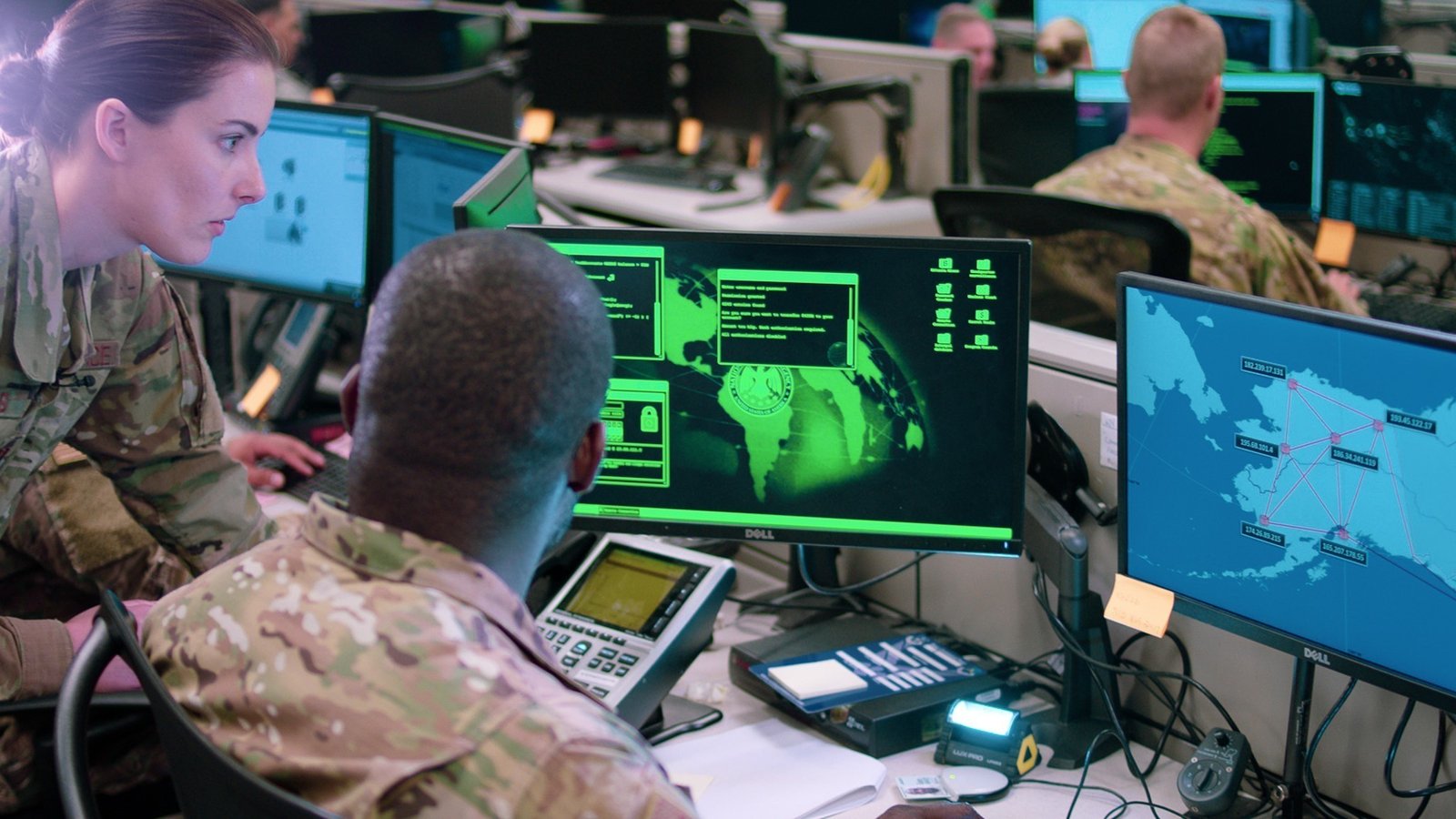Are you sure you’re safe online? If you think a strong password and antivirus software are all you need, you might be in for a shock. Even in 2025, cybersecurity myths are everywhere—and they can leave you wide open to hackers, scams, and digital disasters. Let’s break down the top 10 cybersecurity myths that just won’t die, and see why they’re so dangerous.
Cybersecurity is Only an IT Issue

Too many people still think cybersecurity is something only the IT team needs to worry about. But the truth is, hackers usually get in through people, not just machines. Every employee—from the CEO to the newest intern—can accidentally open a phishing email or use a weak password. Imagine your office is a castle: if just one person forgets to lock a side door, the whole place is at risk. Cybersecurity is everyone’s job, and it’s as much about education and habits as it is about technology. When organizations focus only on IT solutions, they miss the bigger picture. Regular training and awareness programs for all staff can be just as important as firewalls and encryption. So next time you think, “That’s not my problem,” remember: you’re holding a key to the kingdom too.
Strong Passwords Are Enough

It’s comforting to believe that a long, complicated password will keep you safe. But cybercriminals have gotten crafty—brute force attacks, data leaks, and clever guessing can still get them through. Even the strongest password is useless if it’s reused across sites or if hackers get their hands on it in a data breach. Multi-factor authentication (MFA) is the real hero here. It adds another step—like a code sent to your phone—making it much harder for attackers to break in. Think of it like adding a second lock to your door. Without MFA, even your best password is just one unlucky click away from being exposed.
Cybersecurity is Too Expensive for Small Businesses
There’s a stubborn belief that only big companies can afford solid cybersecurity. But cybercriminals love targeting small businesses because they’re often less protected. The truth is, basic security doesn’t have to break the bank—simple steps like regular software updates, using MFA, and training your team are affordable and make a big difference. Just ask any small business owner who’s been hacked: the cost of recovering from an attack is almost always higher than prevention. These days, plenty of budget-friendly security tools are designed just for smaller teams. So don’t let this myth put your business at risk.
Antivirus Software is All You Need
Relying solely on antivirus software is like locking your front door but leaving your windows wide open. While antivirus programs do catch some threats, hackers are always inventing new tricks that can slip right past them. Phishing emails, ransomware, and zero-day attacks often bypass traditional antivirus tools. That’s why a “layered” approach is best: combine antivirus with firewalls, regular updates, and good online habits. The world of cyber threats is always evolving—so your defenses need to evolve, too.
Cybersecurity is Only About Technology

It’s easy to picture cybersecurity as a technical problem: fancy software, encrypted networks, and blinking server lights. But people are at the heart of most breaches. A well-meaning employee clicking a bad link, someone using “password123,” or a forgotten device left on the bus—these human mistakes are often the real cause of security failures. Policies, training, and a culture of caution are just as vital as any gadget or app. Cybersecurity is like a three-legged stool: it needs people, process, and technology to stand strong.
You Will Know If You’ve Been Hacked
Many folks think cyber attacks are obvious, like a flashing red light or a ransom note on your screen. In reality, hackers are sneaky—they often lurk in networks for weeks or months before anyone notices. Sensitive data can be siphoned off quietly, leaving no trace until damage is done. Regular monitoring, audits, and intrusion detection systems are your silent alarms, catching trouble before it spirals out of control. If you wait for a big sign, you might be waiting too long.
Cybersecurity is Only for Large Corporations
It’s tempting to think only major companies like banks or tech giants need to worry about hackers. But small and medium-sized enterprises (SMEs) are actually prime targets—they often have weaker defenses and valuable data. A family-run shop or a local doctor’s office can be just as appealing to cybercriminals as a Fortune 500 firm. No matter the size, every business stores information worth stealing, and every breach can hurt your reputation. Even basic steps, like strong passwords and staff training, can make a world of difference.
Cybersecurity is a One-Time Effort
Would you only lock your doors once and never check them again? Cybersecurity isn’t a “set it and forget it” job. Threats change constantly, and what worked last year might be useless today. New software updates, changing attack methods, and evolving risks mean you have to keep your guard up. Ongoing training, regular audits, and updating your defenses are part of staying safe. Think of it as brushing your teeth—it’s a daily habit, not a one-time fix.
Social Media is Safe

Scrolling through your favorite social media app feels harmless, but it’s actually a goldmine for cybercriminals. People often share too much—birthdays, locations, even answers to common security questions. Hackers use this info for social engineering attacks, tricking you or your contacts into revealing more. Even privacy settings can’t protect you from every risk. Be cautious about what you share, review your friend lists, and remember: if it’s online, it’s never fully private.
Cybersecurity is Only About Prevention

Most people focus on stopping attacks before they happen, but what if something slips through? Having a solid response plan is just as important as prevention. This means knowing exactly what to do if your systems are breached—who to call, how to contain the damage, and how to notify those affected. Companies with a plan bounce back faster and limit the fallout. It’s like having a fire drill for your digital life; you hope you never need it, but you’ll be glad it’s there if you do.

